The lyrebird is renowned for being a bird species with strong sexual dimorphism, characterized by its peculiar and extravagant plumage in male birds. It is also featured on the reverse side of the Australian ten-cent coin.

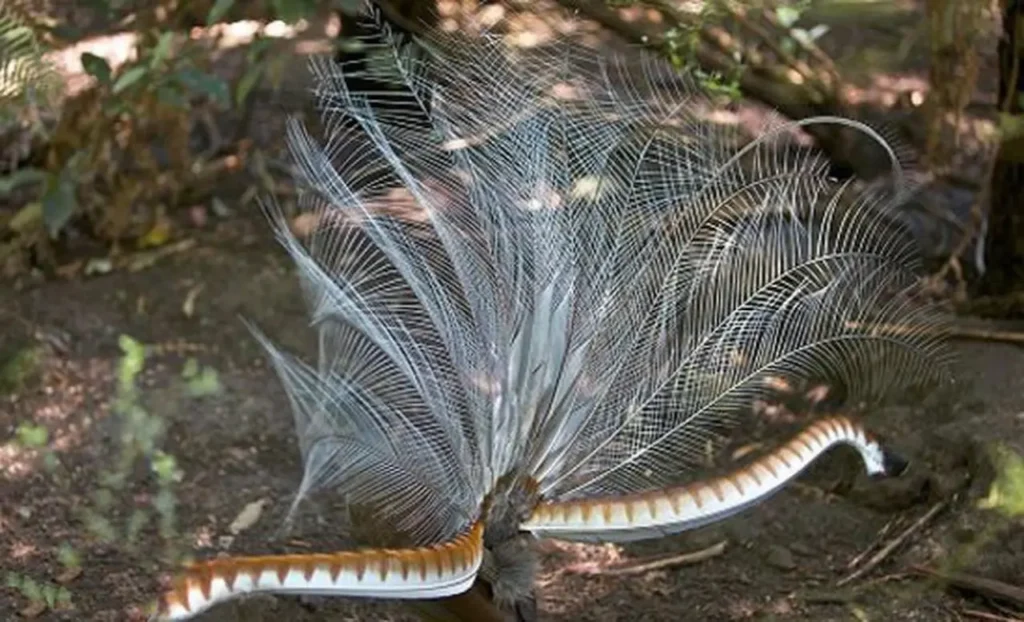
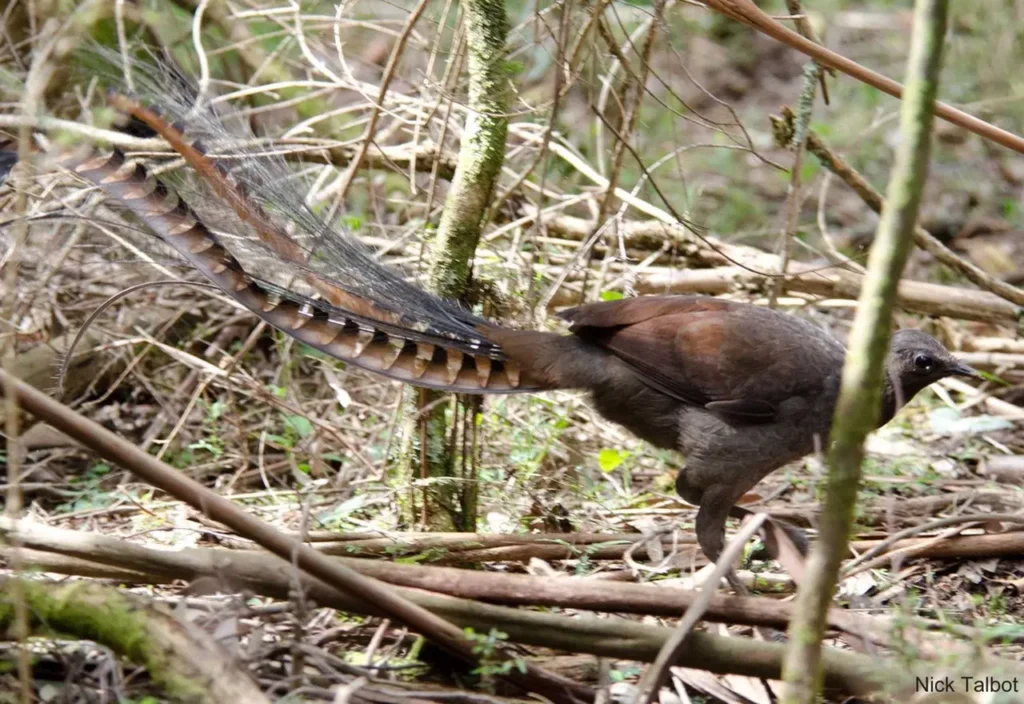
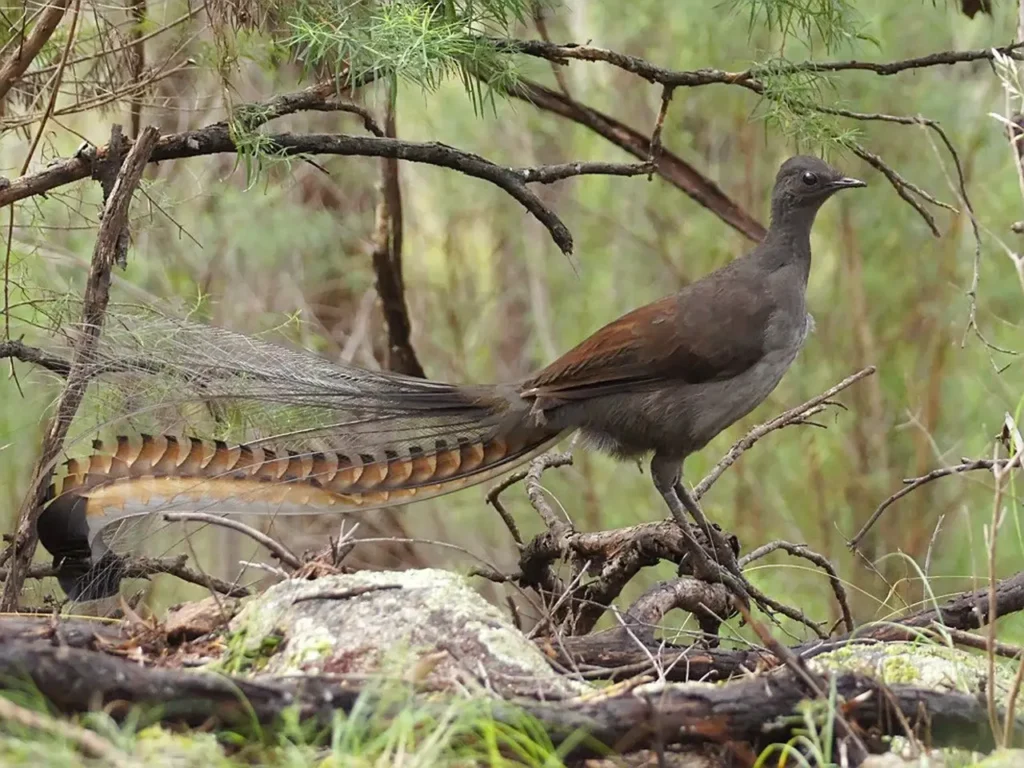
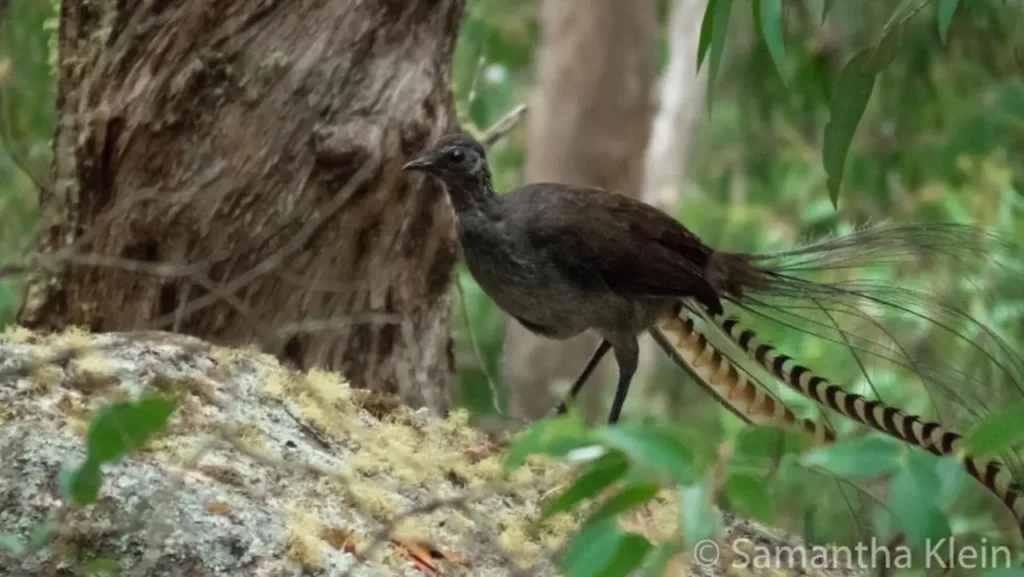
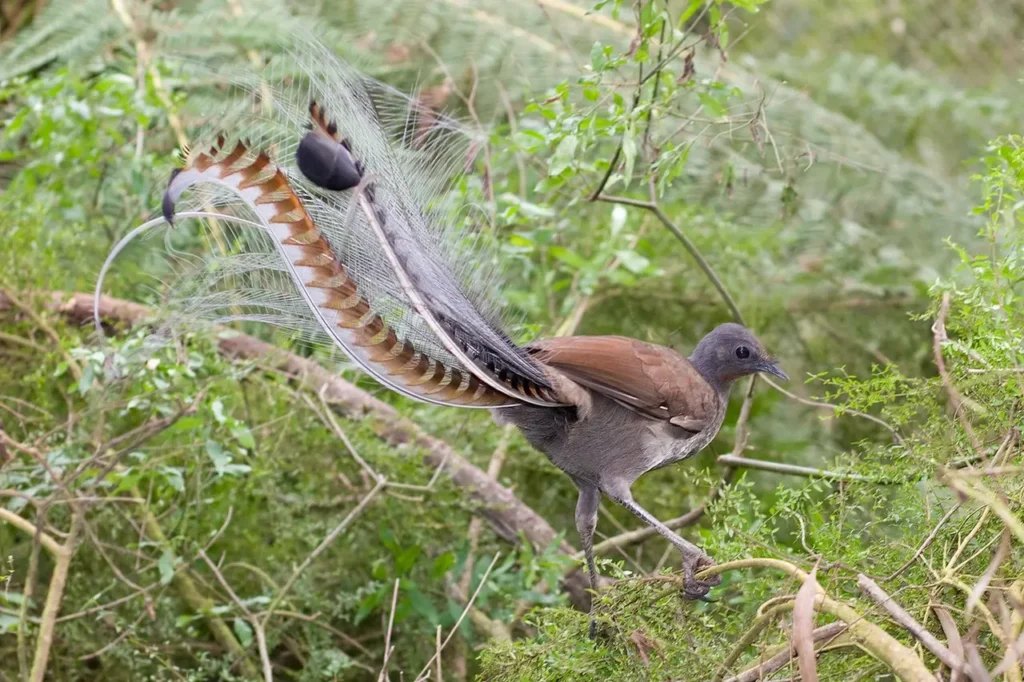
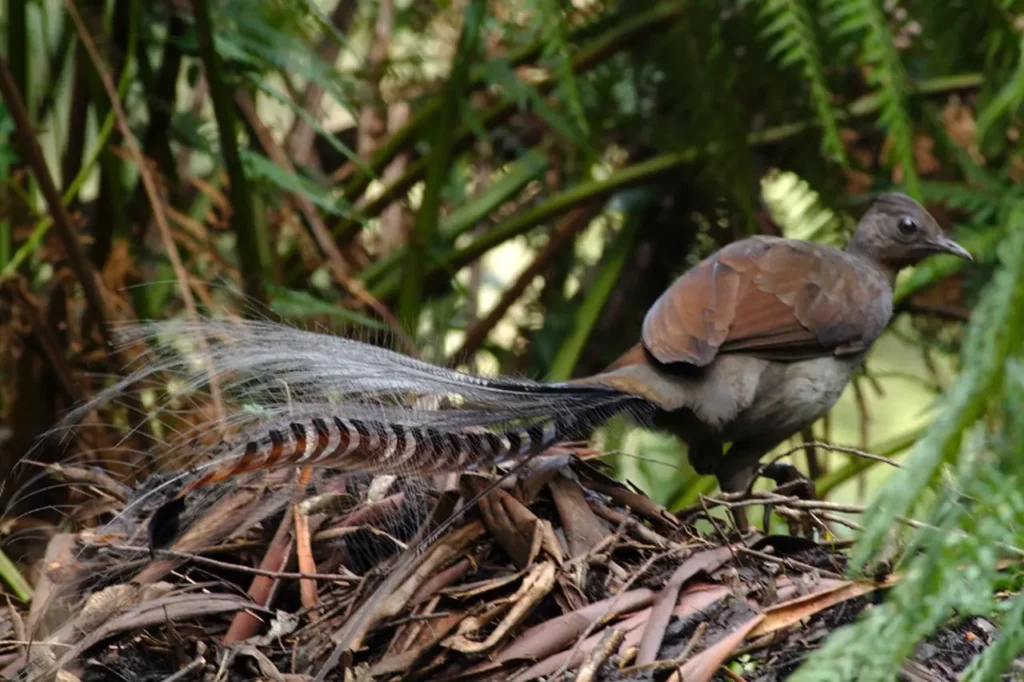
The lyrebird is renowned for being a bird species with strong sexual dimorphism, characterized by its peculiar and extravagant plumage in male birds. It is also featured on the reverse side of the Australian ten-cent coin.






